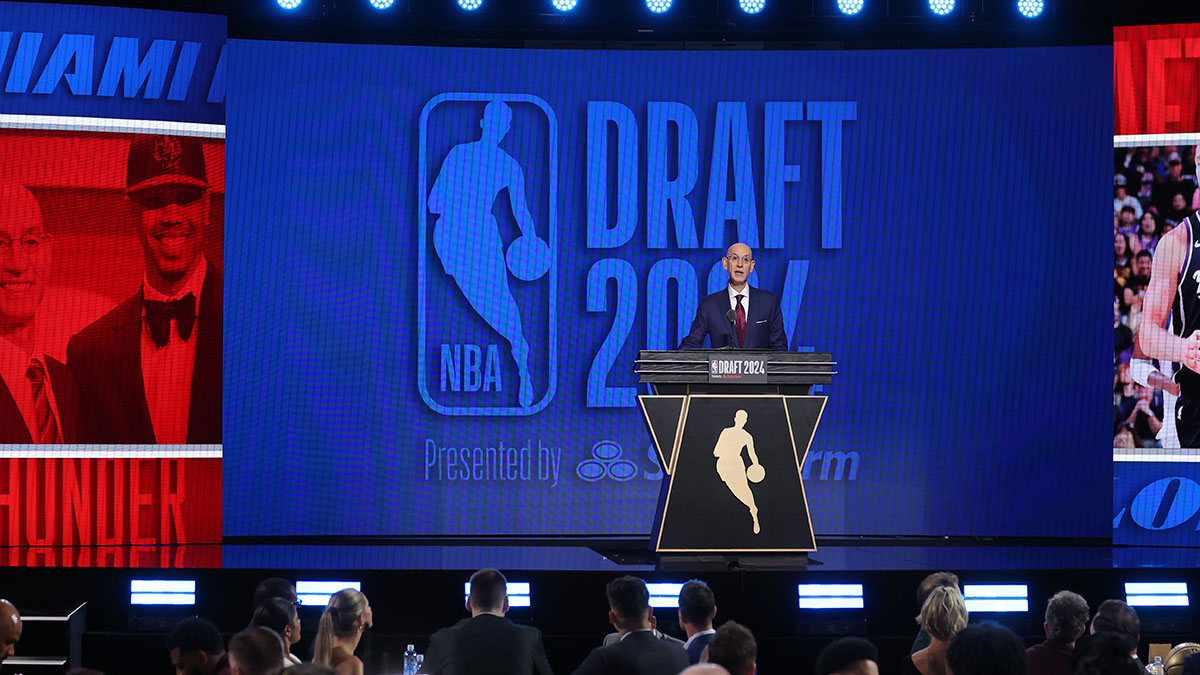Pedestrian crashes are a major problem in Boston and while city planners have lowered the speed limit to 25 mph, put in speed bumps, lights and other traffic-calming measures in several neighborhoods, some — including Mayor Marty Walsh — say it’s not enough.
Pedestrian crashes are a major problem in Boston, and while city planners have lowered the speed limit to 25 mph, put in speed bumps, lights and other traffic-calming measures in several neighborhoods, some — including Mayor Marty Walsh — say it’s still not enough.
Beatrice Szeto agrees with Walsh.
“I didn’t want to be haunted by this street,” said the South End woman, as she walked down Tremont Street.
Szeto can’t shake the images of that night in May when she called her partner’s phone and it wasn’t John Clark who answered. It was Boston Police.
Interactive Map of Pedestrian Crashes in Boston, January-June
“They said there’s been a terrible accident,” she said. “And I kept asking, is he OK?”
The 64-year-old musician and father had gone for takeout at his favorite spot on busy Tremont Street. As he stepped out into the crosswalk, he was hit and killed. The driver of the car said he didn’t see him.
Local
In-depth news coverage of the Greater Boston and New England area.
“It was an accident waiting to happen and it happened. Now it’s time to do something about it before it happens again,” said Jamie Fox of the Union Park Neighborhood Association.
Clark is not the first pedestrian to be killed or hurt on this stretch of Tremont Street in recent years. There was another fatal accident just three blocks away only two years ago. After the crashes, the city installed pedestrian islands with plastic posts at both intersections, but advocates say it’s not enough.
In the first six months of this year, 384 pedestrians have been hit in Boston who needed medical attention. Injuries are down 14 percent from the same time period last year, but deaths are up nearly 30 percent. Seventeen people were hit on Tremont Street alone.
“We’ve also had so many close calls,” said Fox, “but close calls don’t get people motivated to do anything about it.”
Residents are so desperate for solutions that they’re taking matters into their own hands. They’ve asked the city to install pedestrian systems with flashing light beacons on public streets, and they're willing to pay for it with private cash.
“The idea of the strobe is to call attention to the fact that it is a pedestrian crossing,” Steve Fox of the Rutland Square Neighborhood Association said.
Fox said the flashing beacon system would be pedestrian activated - not quite a stoplight, but more visible than simple crosswalks.
“It’s not the same as watching a plain flat sign that’s painted yellow.”
It would not be the first public-private crossing in Boston. The transportation department said there are three projects at Washington Street - south of Ukraine Way in Jamaica Plain, the Longwood Medical Area and 330 Summer Street in Fort Point. A spokesman for the South End’s GTI Properties said the company paid $15,000 for these two crossings on Albany Street after a man was killed trying to get across last year. The state installed and maintains them.
Though a spokeswoman declined to provide anyone from the Boston Transportation Department for an on-camera interview, we caught up with Mayor Walsh on Monday.
“I think it’s a great way to explore it and see how we move forward,” he said.
Walsh added that the city has boosted the budget for Vision Zero - its initiative to end pedestrian deaths by 2030 - and has invested in more long-term planning.
However, he did concede, “Planning is great but we need to make more investments.” Asked if the city had done enough, Walsh said, “There’s a lot, but we need to do more.”
The South End associations expect to put up $25,000 for crossings they hope to put at the intersection of Tremont and Union Park, Tremont and Upton and Columbus and Rutland.
NBC Boston witnessed vehicles failing to yield to pedestrians, including a State Police cruiser, public works truck and school bus.
“It’s a terribly dangerous street,” said Szeto. “I don’t think private citizens should have to pay. We pay taxes.” But she wants her city - of love and loss -better.
“To be an even greater place to live,” she said. “It should be a safer place to live.”
In a statement, the transportation department said the appropriateness of the locations for the pilot are still being debated.
“Although the placement of a rapid flash beacon at Union Park Street and Tremont St. may not be optimal due to existing traffic signals at two nearby locations, BTD will look further at this intersection as well as at others of concern to the community. The Boston Transportation Department encourages community engagement in our projects and we look forward to continuing to work with South End residents to actively pursue any and all appropriate strategies that can be used to ensure safety in the neighborhood.”
To learn more about the South End proposals and funding click here: www.upna.org
If you have a pedestrian safety concern, you can reach Ally Donnelly by email at Ally.Donnelly@nbcuni.com



